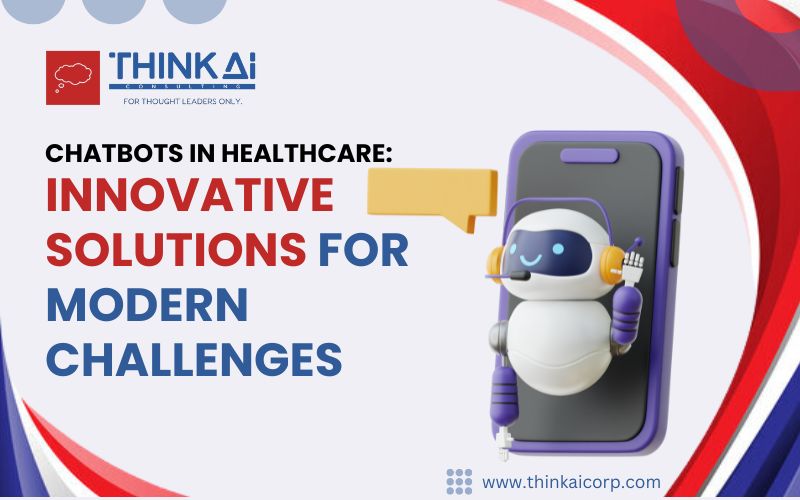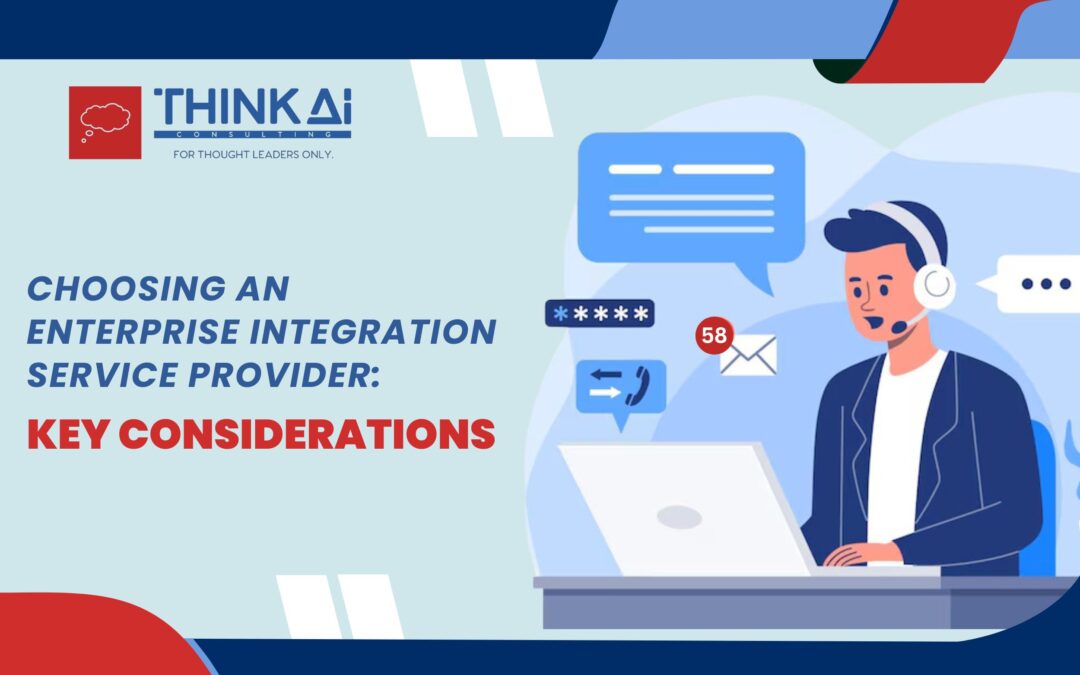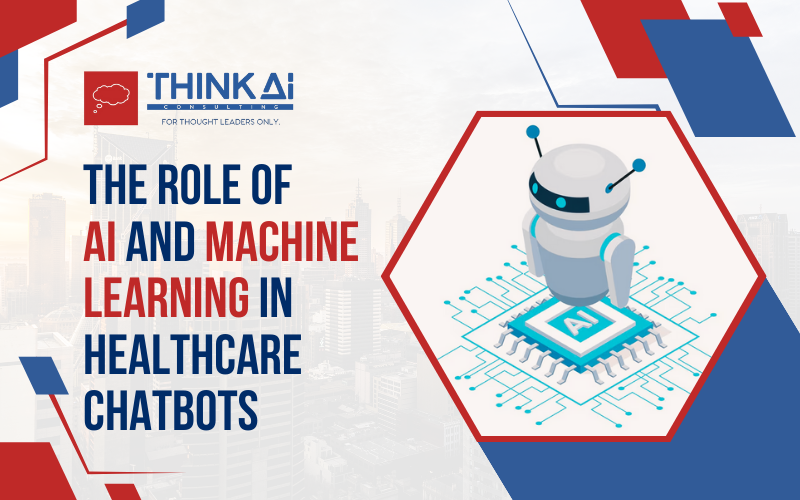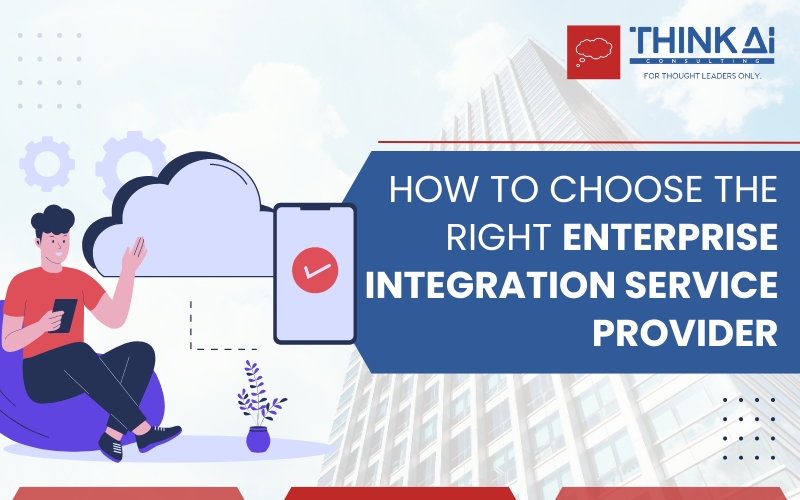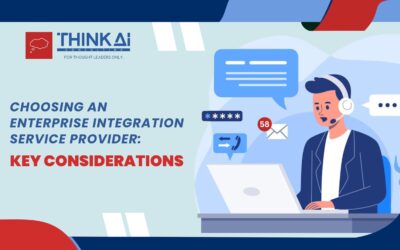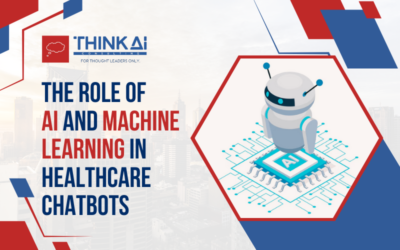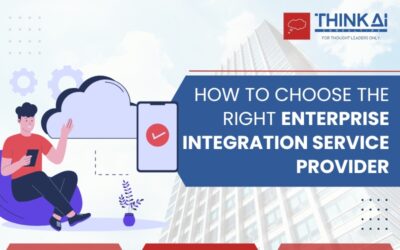As a manufacturing CIO, you oversee massive amounts of operational data across your organization. However, this data often remains siloed and inaccessible to many frontline workers who could benefit from analytics insights. By implementing self-service analytics tools, you can empower these frontline workers to independently access, analyze, and derive insights from data relevant to their roles. This democratization of data unlocks tremendous potential, as workers can leverage analytics to guide operational decisions and process improvements.
This article explores best practices for manufacturing CIOs to roll out self-service analytics platforms successfully. You will discover how to select the right technologies, encourage adoption across the workforce, govern usage appropriately, and measure ROI. By following this guide, you can foster a truly data-driven culture and amplify the impact of your data assets.
The benefits of democratizing data access with self-service analytics
Self-service analytics tools allow frontline workers to independently access, analyze, and gain insights from data. By deploying these solutions, CIOs can empower employees at all levels to make data-driven decisions and identify opportunities for optimization.
Improved decision making
When frontline workers have on-demand access to data and the ability to self-serve customized reports and dashboards, they can make better-informed decisions. They have the contextual knowledge to ask the right questions and interpret the results, even for complex issues. With self-service analytics, they do not have to rely on analysts and can get the data they need.
Increased productivity
Traditionally, frontline workers have had to request reports and analyses from analysts and data scientists. This can lead to backlogs, delays, and frustration. Self-service analytics eliminates this bottleneck, enabling employees to serve themselves promptly. They can focus on analyzing the data and acting on insights rather than spending time submitting and re-submitting requests.
Fostered data-driven culture
Deploying self-service analytics helps cultivate a data-driven culture where all employees, not just analysts, rely on data to guide their work. When frontline workers have easy access to data and tools for analysis and visualization, they develop data literacy and a habit of basing decisions on facts rather than intuition alone. This cultural shift will serve the organization well as it aims to become more data centric.
With the benefits of improved decision-making, increased productivity, and a fostered data-driven culture, self-service analytics can be a game changer. By democratizing data access, CIOs set the stage for frontline workers to tap into the power of analytics and optimize operations in impactful ways.
Key considerations when implementing self-service analytics tools
When selecting and deploying self-service analytics tools in your organization, there are several key factors CIOs must consider. First, you need to determine which frontline roles would benefit most from access to data and analytics capabilities. Start with groups that frequently make data-driven decisions and would see an immediate impact from self-service analytics, such as supply chain managers, quality assurance leads, and customer service representatives.
- Easy-to-use interface: Second, the tools you choose must have an intuitive, easy-to-use interface that requires little to no training for frontline workers to get started. Complex tools with steep learning curves will discourage adoption and limit the benefits. Look for solutions that provide an engaging, interactive user experience with features like drag-and-drop dashboards, natural language queries, and guided analytics flows.
- Integrated data access: You also need to ensure the tools provide integrated access to all data sources frontline workers need to do their jobs, including enterprise systems, external data feeds, spreadsheets, and more. Workers should be able to seamlessly combine data from across the organization to uncover key insights without needing intervention from IT or data analysts.
- Governance and security: Finally, it is critical to implement proper governance, security, and oversight practices. While frontline workers need flexibility and freedom to explore data, CIOs must establish guardrails to prevent misuse. Look for tools that provide role-based access controls, data masking, and monitoring capabilities to maintain compliance with regulations like GDPR and CCPA. With the right balance of empowerment and governance, self-service analytics can thrive.
Best practices for rolling out self-service analytics to frontline workers
Provide appropriate data access
To enable frontline workers to leverage self-service analytics tools effectively, you must first provide them with access to relevant data sources. Determine what datasets would be most useful for their roles and responsibilities and permit them to access those systems. It is important to start with a focused, curated data set to avoid overwhelming users. You can then expand access over time as adoption and data literacy improve.
Offer ongoing training and support
Simply providing access to self-service analytics tools is not enough. Frontline workers will require substantial training to develop the skills needed to access, analyze, and apply insights from data. Provide both initial and ongoing training on the available tools and datasets. Consider pairing more tech-savvy frontline workers with data coaches or mentors to help answer questions and offer guidance. Technical support resources will also be in place to help when issues arise.
Encourage collaboration and knowledge-sharing
To maximize the impact of self-service analytics, frontline workers should be encouraged to collaborate. Create opportunities for them to share insights, discuss use cases, and swap tips for using the tools. This kind of peer learning and support can be precious. Consider establishing user groups, online forums, and in-person events to enable collaboration. Leaders should also highlight and praise examples of frontline workers achieving success with data to motivate others.
Continuously improve the program
As with any new initiative, regularly monitor how frontline workers are using self-service analytics tools and make improvements to the program over time. Solicit feedback on their experiences, the tools, the available data, and the training and support provided. Look for opportunities to refine and enhance the program based on their input and insights. Revise access, tools, data, and resources as needed to enable continuous progress. With ongoing support and optimization, self-service analytics can thrive at the frontline level.
Conclusion
As CIO of a manufacturing organization, empowering your frontline workers with self-service analytics tools can transform decision-making and performance across all levels. By democratizing access to data and placing insights directly into the hands of your teams, you enable a culture of evidence-based improvement. Carefully evaluate solutions that align with your infrastructure and provide the right blend of governance with autonomy. Approach adoption as an iterative process, using change management best practices to drive user engagement. With the right vision and strategy, you can leverage analytics to unlock the full potential of your workforce and gain a true competitive advantage. Your frontline teams represent your company’s greatest asset – it is time to empower them with the tools to drive innovation from the ground up.
Subscribe to my LinkedIn newsletter for expert insights on empowering frontline workers with self-service analytics tools. Learn to drive performance and innovation by democratizing data access and fostering an evidence-based improvement culture. Join now for exclusive strategies and actionable tips!

Empowering Healthcare & Smart Manufacturing CXOs | Transforming Challenges into Growth Opportunities with Data-Driven AI Innovation | Microsoft Gold Partner with 30+ years in Data and AI Strategy | #Inc5000 Honoree


